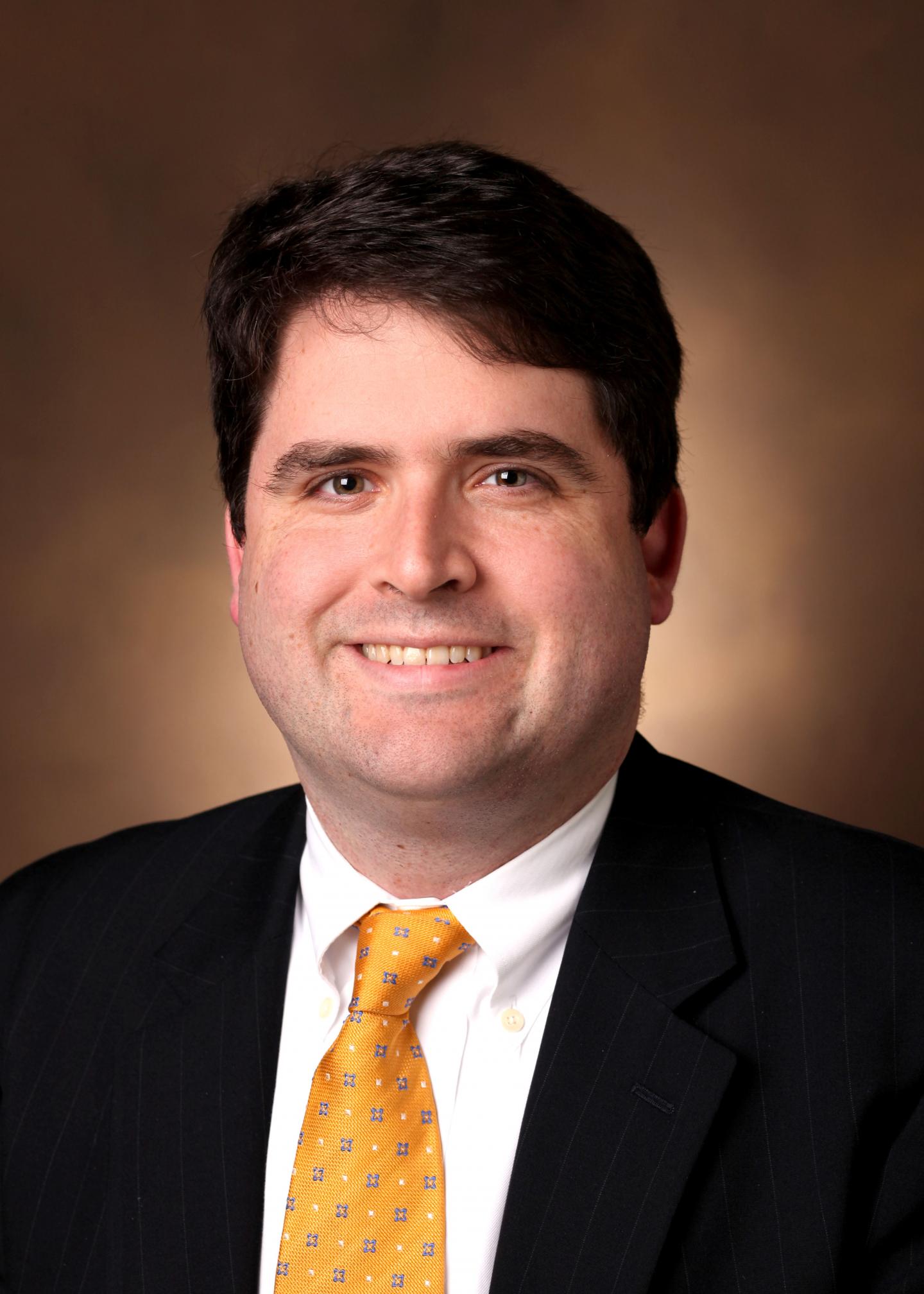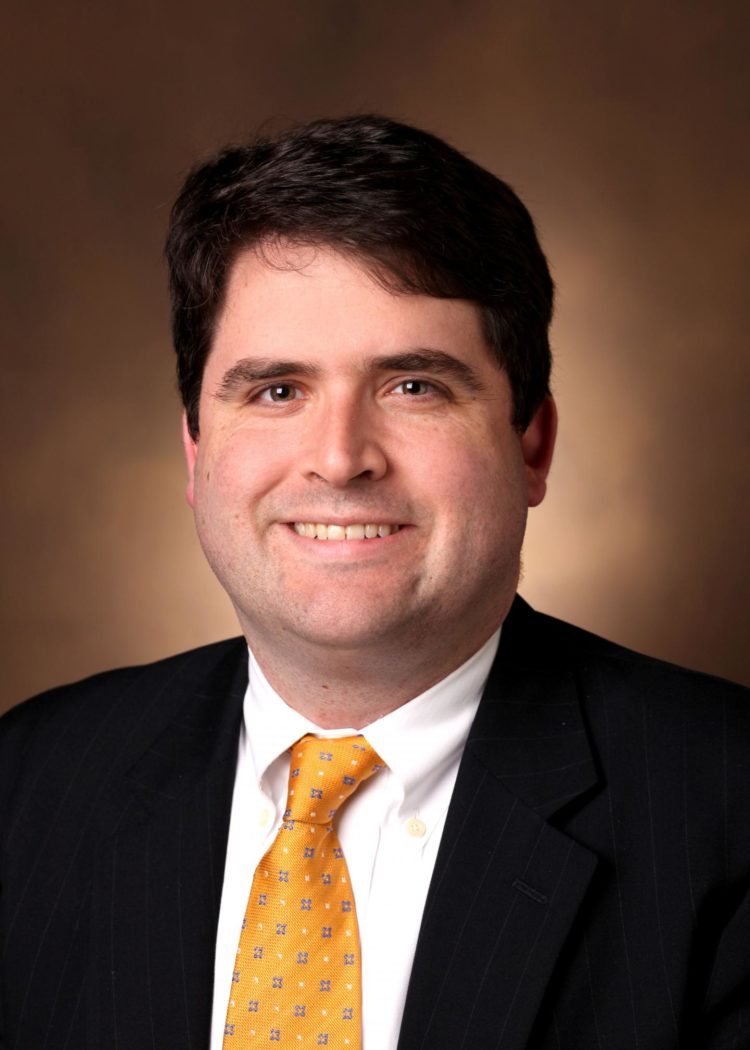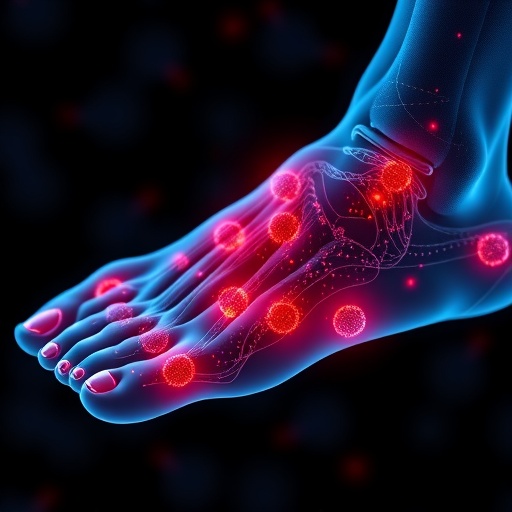
Credit: Vanderbilt University Medical Center
Even a minor surgery such as a laparoscopic gallbladder removal can prove to be a high-risk and even fatal procedure for frail patients, according to new research published in JAMA Surgery.
A team of researchers from leading U.S. academic medical centers and VA medical centers examined the records of 432,828 patients who underwent a non-cardiac surgical procedure. They found that patients who were classified as frail or very frail had substantially higher mortality rates after surgeries with low and moderate operative stress, with up to 43% dying after moderate stress procedures such as a laparoscopic cholecystectomy (minimally invasive gallbladder removal).
“It’s been established that frailty is a strong predictor of complications and death related to surgery, but what we learned in this study is that frail patients have alarmingly high rates of postoperative death, no matter how minor the surgical procedure,” said lead author Myrick “Ricky” Shinall Jr., MD, PhD, an assistant professor and general surgeon at Vanderbilt University Medical Center (VUMC). “A laparoscopic cholecystectomy is one of the most common operations I do as a general surgeon, and this has really given me pause to think that for frail to very frail patients — about 10% of our sample — this is a big deal. Our data indicate that there are no ‘low-risk’ procedures among frail patients.”
In layman’s terms, frailty is a vulnerability to becoming sick from even minor stress when the body has lost the ability to recover, said Shinall. It is typically measured before surgery by a clinical tool known as the Risk Analysis Index (RAI). With the RAI, several symptoms are assessed such as unintentional weight loss, shortness of breath, weakness, and difficulties with daily activities like walking, eating or bathing.
The study’s investigators pulled patient medical records for a four-year period from the VA Surgical Quality Improvement Program (VASQIP) database, a representative sample of all surgeries conducted across the country in the Veterans Health Administration. Data included patient information for a minimum of one year following surgery, and the patients’ postoperative mortality was noted at 30, 90 and 180 days.
Past research related to frail patients and surgery has largely focused on small groups undergoing high-risk procedures, but the current study had a large sample size and included a range of procedures grouped according to how much operative stress they cause.
Because no tool to consistently measure operative stress existed, an Operative Stress Score (OSS) was created by the study investigators. Surgeries from the patients’ cases were then sorted into five categories of physiologic stress, ranging from the lowest (OSS1) to the highest (OSS5).
Of the study’s patient sample, 8.5% were classified as frail, and 2.1% were very frail. The 30-day mortality rates for frail patients undergoing the lowest stress operations and moderate stress operations were 1.55% and 5.13%, both exceeding the 1% mortality rate often used to define high-risk surgery. For very frail patients, 30-day mortality rates after the lowest and moderate-stress procedures was even higher at 10.34% and 18.74%. For frail and very frail patients, mortality continued to rise at 90 days and 180 days after surgery, reaching as high as 43% for very frail patients 180 days after moderate-stress operations.
“This leads us to recommend that pre-surgical frailty screenings should be done universally, even for procedures known to cause low to moderate physiological stress, and frail patients and their families should be counseled about the greater risk of undergoing even minor surgery,” said corresponding author Daniel Hall, MD, associate professor at the University of Pittsburgh, staff surgeon at the Veterans Affairs Pittsburgh Healthcare System, and core investigator at the VA Center for Health Equity Research and Promotion.
“The greatest volume of surgeries performed at hospitals are those that cause moderate operative stress, and it is expected that all procedures at ambulatory surgical centers are considered to be those with a low mortality risk, but clinicians spend little time considering whether or not their patients can actually endure the stress of surgery,” said Shinall. “It is worth pausing to assess every patient to determine whether they are frail, and if they are, taking steps to mitigate the factors contributing to their frailty before a procedure is ever scheduled or re-evaluating whether they should even undergo a procedure at all.”
###
The study was supported by the US Department of Veterans Affairs, Veterans Health Administration, Office of Research and Development, Health Services Research and Development (I21 HX-002345 and XVA 72-909 [Hall] and CIN 13-413 [Massarweh]. Additional support was provided by NIH/NIA 5R03AG050930 [Arya], NIH/NCI K12CA090625 [Shinall] and U01 TR002393 [Hall and Shireman].
Media Contact
Craig Boerner
[email protected]
615-322-4747





